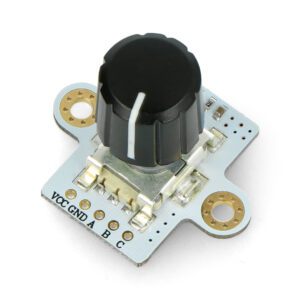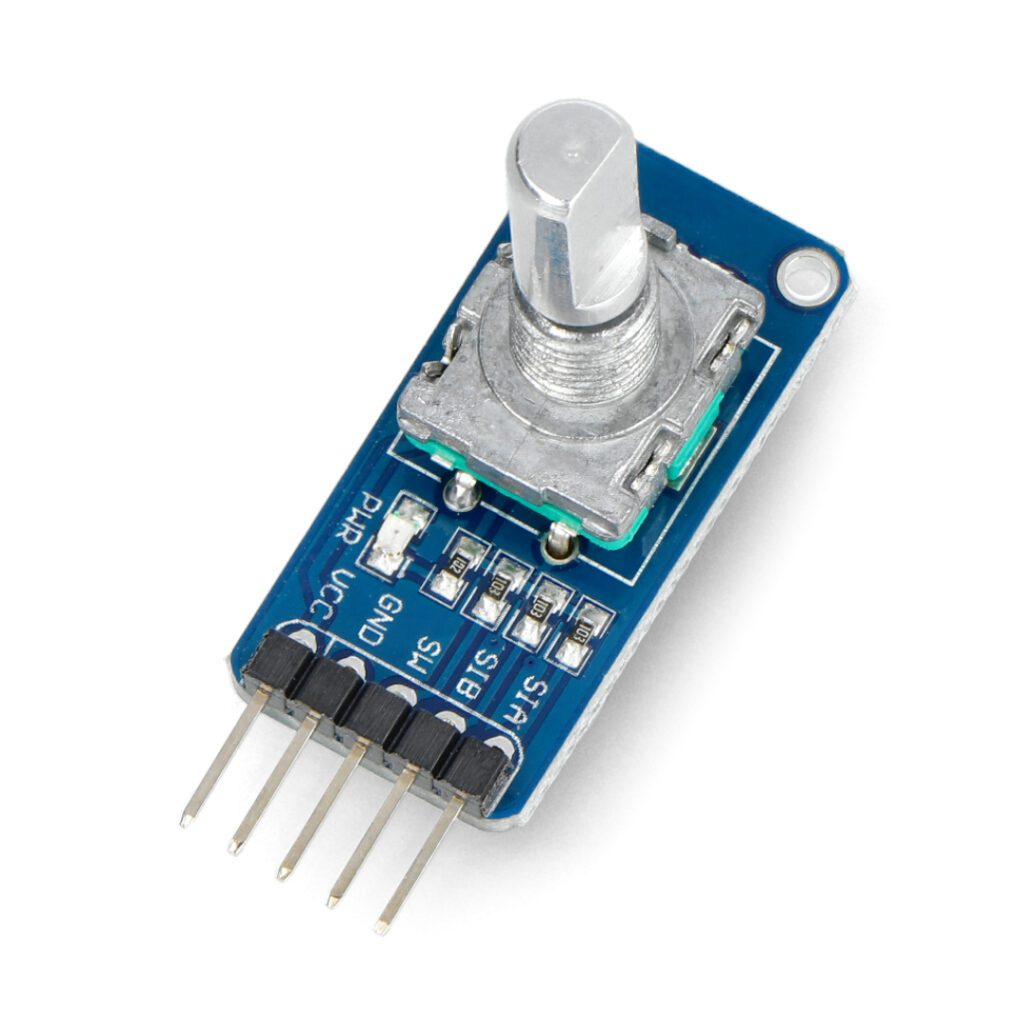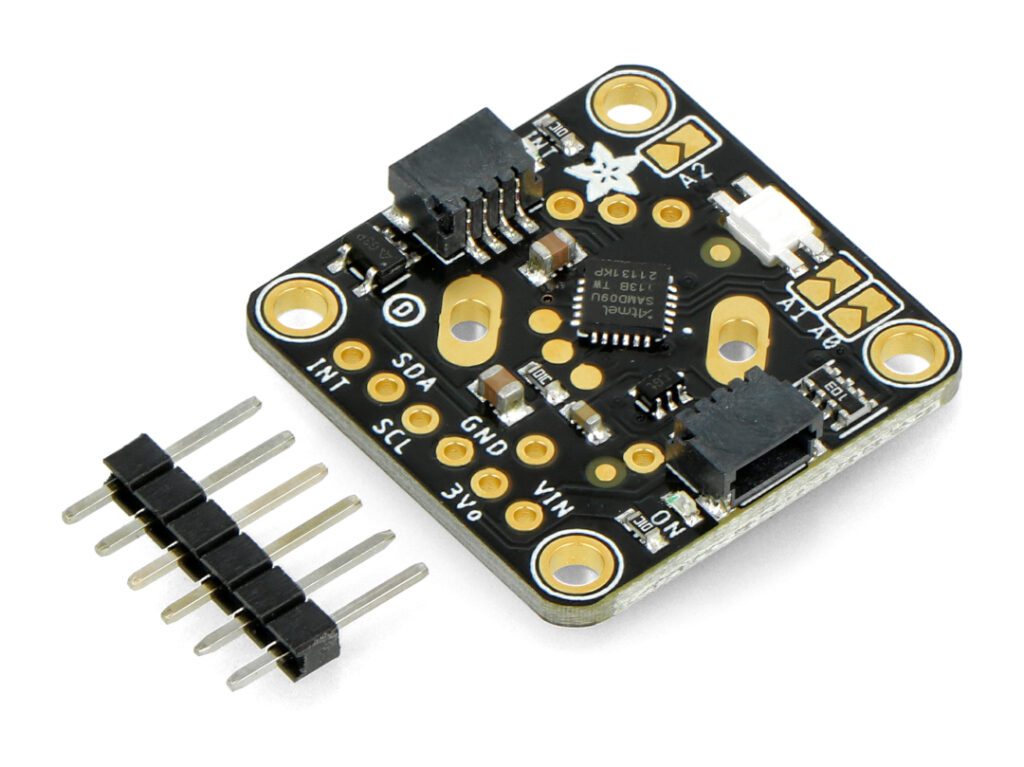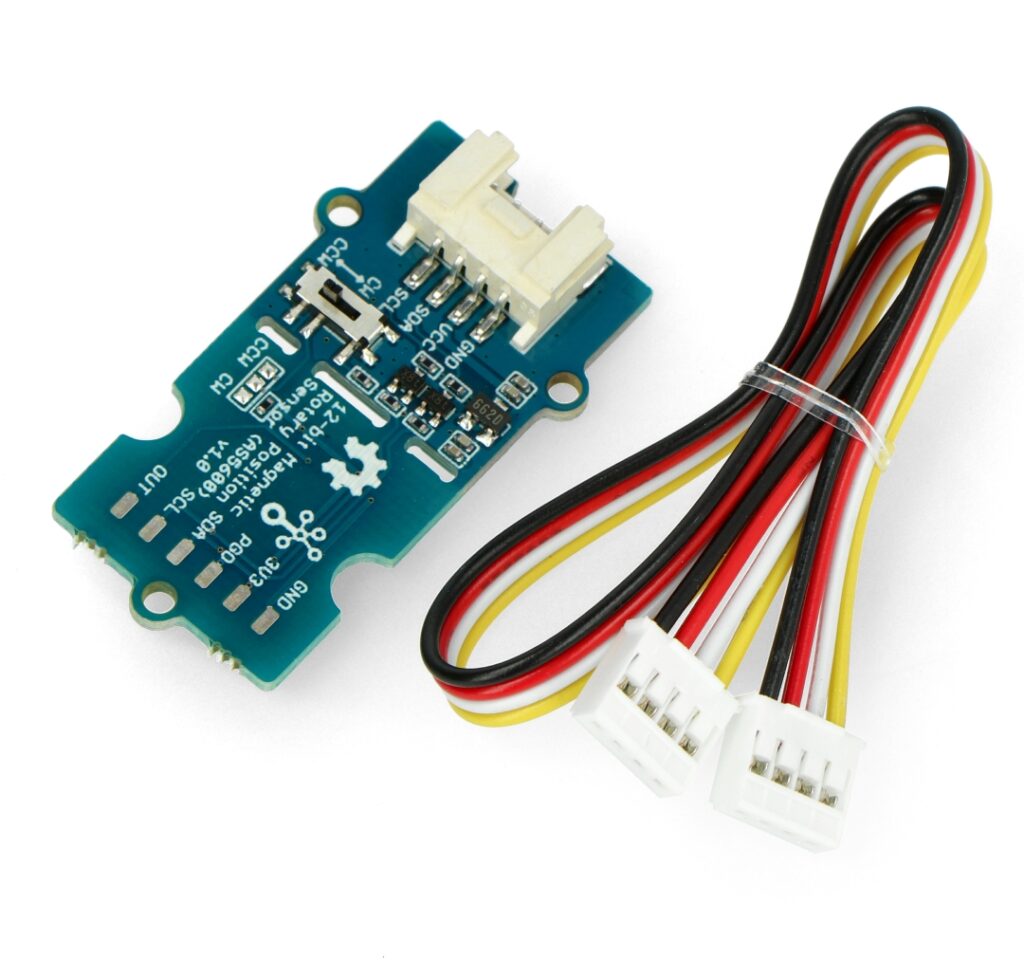Table of Contents:
Encoder is a device capable of converting mechanical motion into electrical signals.
It is used in applications that require accurate determination of angular position, offset, as well as the amount of rotation of mechanical components. Encoders are used, among others.
in industrial machines, everyday devices, robots and many others.
Compatibility with the Arduino platform allows encoders to be easily integrated into a wide range of microcontrollers.
This means advanced projects, including robotics and automation systems, are possible.
What types of encoders and what else is worth knowing about them?
Types of encoders
The different types of encoders differ in their mode of operation and application, so they can be tailored to specific project requirements. Rotary encoders are used to measure the angle of rotation.
This is the basic type of encoder used in many applications.
In contrast Magnetic encoders use magnetic fields to detect motion.
They provide high resistance to dirt and vibration.
Optical encoders offer high-precision measurement through the use of light.
They are ideal for applications requiring high accuracy.
Pulse encoders generate signals in the form of pulses that can be easily read by microcontrollers such as the Arduino.
Integrating encoders with Arduino is simplified thanks to available libraries and example scripts, which can be found, among others.
on the forums.
This means faster design and implementation of systems based on these components.
How to choose an encoder?
When selecting encoder compatible with Arduino, you should pay special attention to, among other things.
on the resolution of the encoder.
This parameter determines how accurate measurements will be made by the devices.
Higher resolution means higher precision.
Another important consideration is the communication interface.
It is important that the encoder is compatible with the input/output ports available on the selected Arduino model.
Selected encoders come with additional features and functions, such as built-in buttons and controllers, which can be useful in some projects.
Depending on your design requirements, choose between a rotary, magnetic, optical and pulse encoder.
Arduino-compatible encoders - example application
Encoders compatible with the Arduino microcontroller are used, among others.
in positioning systems to precisely determine the position of mechanical components.
In robotics, on the other hand, they are used to control the movements of robots (including limbs and wheels).
Another application is measuring devices used for precise measurement of rotational speed and distance.
Encoder compatible with Arduino
The Waveshare 9533 module is equipped with a push-button knob.
It has a simple user interface for Arduino microcontroller-based systems.
It allows accurate determination of position, direction, distance and rotation speed.
The module operates over a voltage range of 3 V to 5.3 V, ensuring compatibility with most Arduino chips.
It sends a digital signal to the SIA and SIB leads, allowing easy integration with microcontrollers.
An integrated button in the dial allows for additional user interaction with the system. The Waveshare 9533 encoder can be used to control parameters, including volume, screen brightness and sensitivity of connected sensors.
Another use is for menu navigation.
It makes it easier to navigate the user interface in projects with a display.
The encoder’s resolution is 20 steps per 360-degree rotation.
Meanwhile, the dimensions of the module are 32 × 15 mm.
With the included female-terminated connection cable, the module easily integrates into the Arduino platform.
Just connect the SIA, SIB and SW leads to the corresponding pins of the microcontroller to start working with the encoder.
Arduino-compatible rotary encoder
NeoPixel Rotary Encoder – I2C – STEMMA QT / Q is a modern module compatible with the Arduino microcontroller.
This device is equipped with a SAMD09 chip and uses communication via the I2C interface.
In addition, it has built-in STEMMA QT / Qwiic connectors and solder fields for simple and fast connection to the module.
The rotary encoder is equipped with configurable NeoPixel LEDs.
The device is powered by 3 V to 5 V and has an I2C interface address set to 0x36.
The dimensions of the module are 25.6 × 25.3 × 4.6 mm, while the weight is 2.4 g.
The encoder is offered in a kit with a 1×6 goldpin strip with a 2.54-mm raster for self-soldering.
Magnetic encoder compatible with Arduino
AS5600 12-bit magnetic encoder is an advanced module featuring a magnetic encoder with high 12-bit resolution.
It is more accurate than traditional potentiometers because it operates non-contact and has no rotation angle limitations.
Thanks to its Hall sensor, the AS5600 encoder is able to detect changes in magnetic field direction without any physical contact with the magnet.
An integrated 12-bit A/D converter converts the magnetic signal into a digital value, enabling 4096 positions per revolution.
The maximum rotation angle is programmable from 18° to 360°, providing great flexibility in adjusting measurement parameters to meet specific application requirements.
Additional information about the AS5600 encoder
The encoder communicates via an I2C interface (default address 0x36), which facilitates integration with Arduino-based systems and other microcontrollers.
In addition, the module has an analog/PWM output, which can be used for direct communication with control systems.
Grove connector provides a quick and convenient connection to the overlay Base Shield and other compatible systems. The AS5600 encoder is powered by 3.3 V to 5 V and is distinguished by its low current consumption.
This means it is suitable for mobile and battery-powered applications.
Its reliability and precision make it ideal for engineering projects, automation, robotics and many other applications.
How useful was this post?
Click on a star to rate it!
Average rating 1 / 5. Vote count: 1
No votes so far! Be the first to rate this post.























